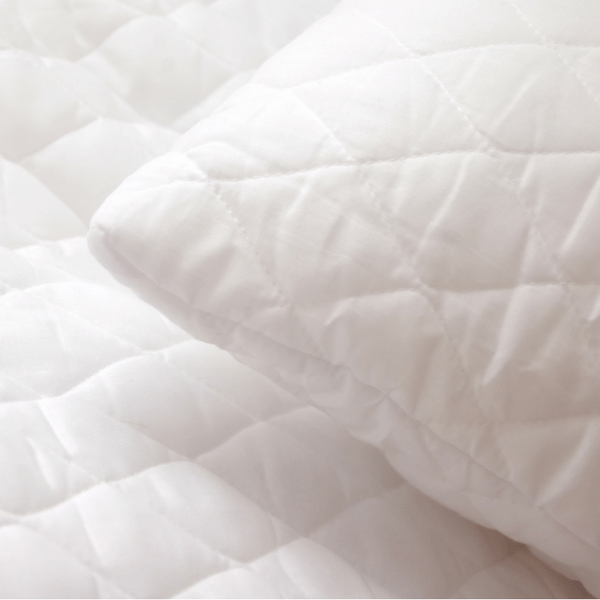Keeping your bedding, sheets and pillows fresh is a must to keep yourself away from dust and even disease. It’s already common knowledge that sheets need frequent washing (around once a week), but most people don’t know how or how often this should be done.
Washing pillows should be done regularly, though not as constant as washing sheets. You can keep your throw pillows and bed pillows clean by washing and drying them at least once every six months, or twice a year. If you live in a warmer climate, it’s recommended to wash twice or even three times as much.
Regular washing is essential to remove all the sweat, dead skin cells, dirt, oil, and saliva that builds up over time. With the right guide to washing pillows, you can also extend the lives of your favorite pillows.
General Rules When Washing Pillows
If you’ve unfortunately lost the care label, or cut it off when you first bought the pillows, there are some general rules that you can follow to get the best possible results.
The type of pillow determines if it can be machine-washed.
- Down pillows with natural feathers are usually fit for washing in a machine. The natural fibers can be reinvigorated by the spin.
- Synthetic pillows are more of a gamble. They might do well in warm water with gentle spins. The wrong setting can also lead to their shrinkage, lumpiness, and even breakage.
- Foam pillows can’t be washed by machine.
Use a front or top-loading machine without an agitator as much as possible. Pillows can wrap around and damage the agitator in the middle.Without a care label, choose a warm gentle cycle for the wash with mild and gentle detergent. Add extra cold water for the rinse and spin cycle. Rinse several times to ensure no soap is left behind. Tumble dry the pillows while fluffing and turning them often.
Essential Steps When Washing Your Pillows
- Read the care label tagged to your pillows. This will remove any guesswork when it comes to knowing the temperature and drying conditions.
- Set the water temperature on the machine according to the label. These may mean washing with hot, warm, or cold water. Remember, the wrong temperature can lead to shrinkage.
- Load your pillows into the machine two at a time for a balanced spin cycle. If the machine has agitators, load the pillows vertically to prevent obstruction.
- Use the fastest spin speed to take out moisture as fast as possible.
- Use a small amount of mild or low detergent. It is preferred to use soap without additives. To whiten the pillows, use non-chlorine bleach. Fabric softeners are not recommended, especially for down pillows, because they reduce the fluff.
- Start the load.
- Add an extra rinse cycle two times after the initial wash. This will ensure that no soap is left behind.
- Dry according to the care label. Drying can take multiple cycles depending on the machine. A full rinse and dry is the key to maintaining density and thickness.
What to Do When Washing Foam Pillows
Having foam pillows gives you a natural head start when it comes to cleanliness. Foam pillows are naturally hypoallergenic, more resistant to bacterial growth and the build-up of dust times.
As foam pillows can’t be washed by machine, there are other ways of cleaning. You can regularly vacuum the pillows or tumble dry them with no heat or on an air-only cycle.
For stains, spot clean with mild soap and rinse with a damp white cloth.
For deeper cleaning, use lukewarm water with gentle detergent and rinse several times. Air dry on a flat surface. Don’t put pressure on the pillow to prevent breakage or deformation.
When Washing Pillows is Not Enough
If you fold your pillow in half and it doesn’t spring open right away, it’s a sign that the material has eroded. Washing it will only tear the pillow into pieces. Similarly, pillows that are clumpy need replacement already.
Get all your mattress, pillow and bedding needs from Mattress World and Al Davis Furniture at GentleHome.com. Mattress World offers a variety of organic cotton and silk blended pillowcases, memory foam pillows and wool pillows. Call us at 866-357-SLEEP today!




